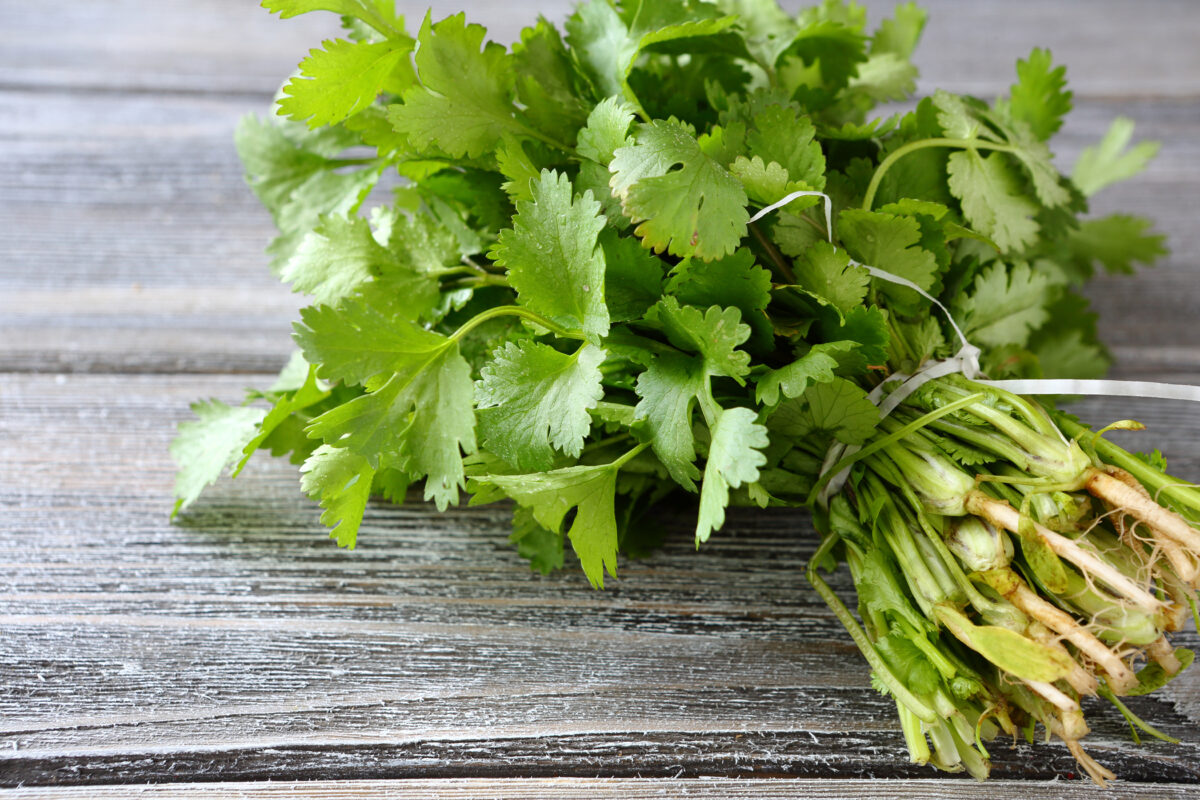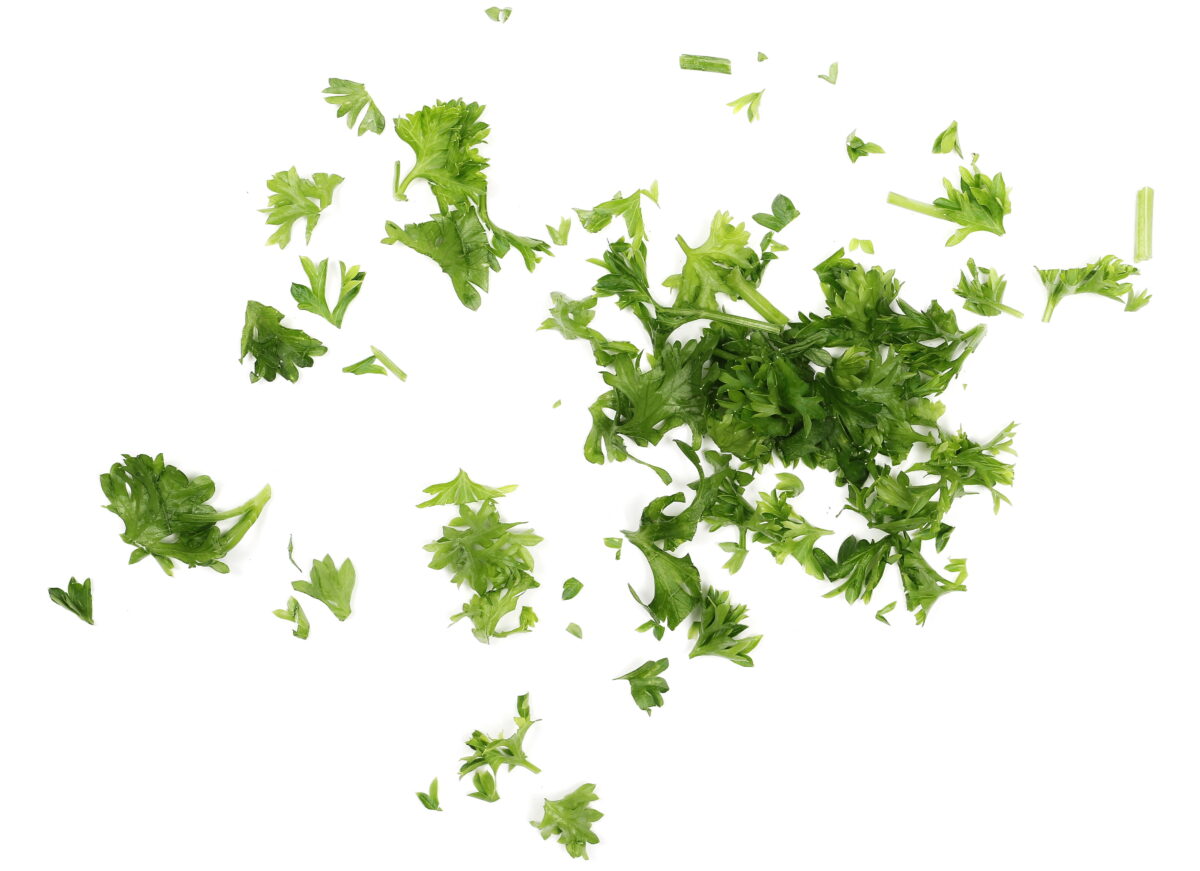This post may contain affiliate links. Please read our privacy policy for additional information.
Cilantro is one of those love it or hate it herbs, where half the world loves it, and the other half finds it tastes like soap. For those that do love to use it, though, how do you store it for a long time so that it doesn’t degrade?
For more helpful storing tips, why not learn How To Freeze Celery? Or even How to Freeze Soups (Cream vs. Other) instead?

How to Store Cilantro
Cilantro is a herb that comes from the coriander plant and is basically just the leaves and sometimes the stems of the plant itself. Though in the UK, they call both the leaves and seeds coriander, in North America and many other parts of the world, cilantro just refers to the leaf.
Being a leaf, though, cilantro is pretty tricky to try and store. IT tends to rot pretty quickly when kept in the fridge, and its flavor and aroma diminish even quicker if you don’t try and preserve it somehow.
So, how do you store cilantro so that it stays good?
Storing Your Cilantro By Drying It
Drying your herbs is probably the oldest way of storing herbs there is and even predates the practice of actually cooking food.
When a herb, or anything for that matter, degrades and breaks down over time, it is due to the presence of oxygen and microbes.
Most of the time, and especially so in things like leaves and other herbs, this oxygen comes from the water held within the leaf itself.
A great way to prolong the shelf life of cilantro is to dehydrate it completely.
For dehydrating at home, there are a few things you can do to get long lasting herbs: you buy a dehydrator, use your oven or just use the sun.
A dehydrator is obviously the best tool, as they are usually designed to never heat the leaf too much so that it destroys the flavor.
However, unless you are regularly dehydrating herbs, it can be pretty expensive to buy a big dehydrator just for this purpose.
Your own oven is easier – just set it to the lowest temperature it can reliably reach, and layout any cilantro that you want to dry in a single layer on a baking sheet.
Check it every 15 minutes and, after a while, it will have totally dried out!
You can also use sunlight, so long as the sun is sufficiently warm and bright where you live. Just set the cilantro on a paper towel in a single layer in the direct beam of the sun, preferably outside. After a few hours in the hot sun, the cilantro will have dried out, making it last way longer when stored.
However you do it, dehydrated cilantro should last months, as long as it is kept in an airtight, sealed container.

Storing Your Cilantro By Freezing It
The other main way to store your herbs is by freezing them. The trouble is, of course, that herbs, in general, are filled with water, which tends to make them burst apart when you try and freeze it.
This bursting also makes it very difficult to try and cut herbs or leaves that have been frozen because they sort of turn into mush the moment they are defrosted.
The trick is to chop your cilantro before you freeze it. Simply dice it up as fine as you want it, drain it thoroughly of any water, and then roll it into some small sheets of kitchen paper towels. The paper towel will absorb excess moisture and then, when defrosted, will fall away to reveal some diced cilantro ready to be used.
Just chuck the defrosted cilantro directly into any recipes you want, so long as you make sure that any paper towel bits have been discarded.
Storing Your Cilantro By Keeping It Fresh
This method of storing cilantro isn’t really storing it at all but is instead just making sure to keep some fresh cilantro on hand at all times by growing it yourself.
You can either buy a potted plant from the store and keep it on your kitchen counter in view of sunlight, or you can grow it from seed in your own backyard.
If you grow cilantro yourself, you will be able to always enjoy the benefit of some delicious, fresh cilantro whenever you need it while it is in season.
Keep in mind, though, that cilantro doesn’t really last into the winter when planted outside, so you might consider bringing it inside when it is especially cold if you can. A big pot to plant it in is ideal for those living in slightly colder climates.
However, you choose to do it, having fresh cilantro on hand is really the best of both worlds. Plus, you can even let it go to seed and end up with some delicious coriander seeds for use in Indian recipes!
Looking for more great How To Guides? Try these out:
• Egg Wash












Leave a Comment or Recipe Tip